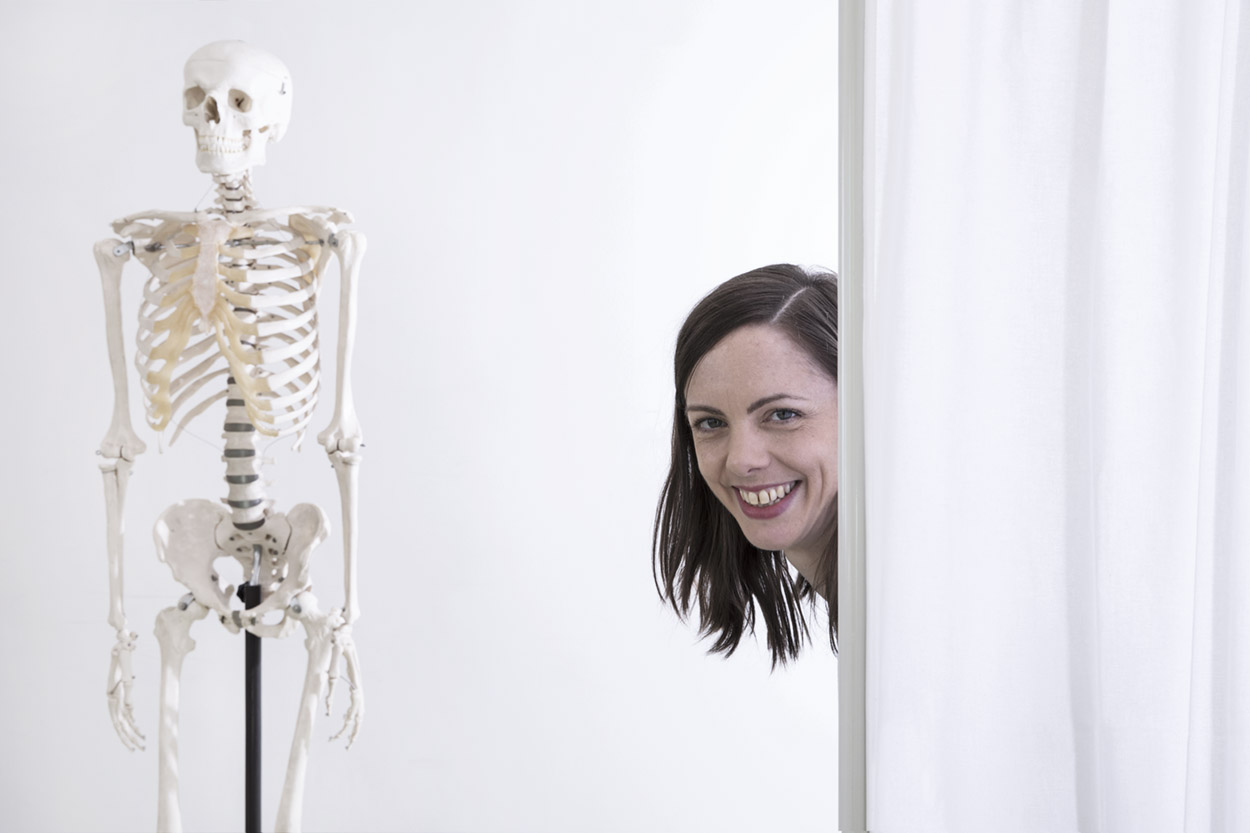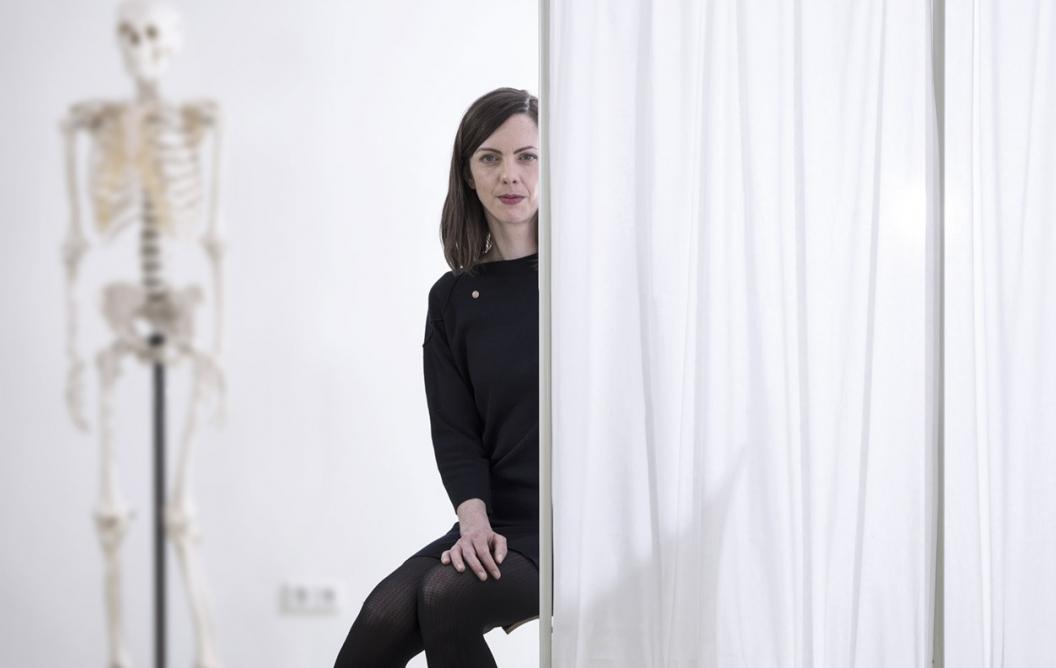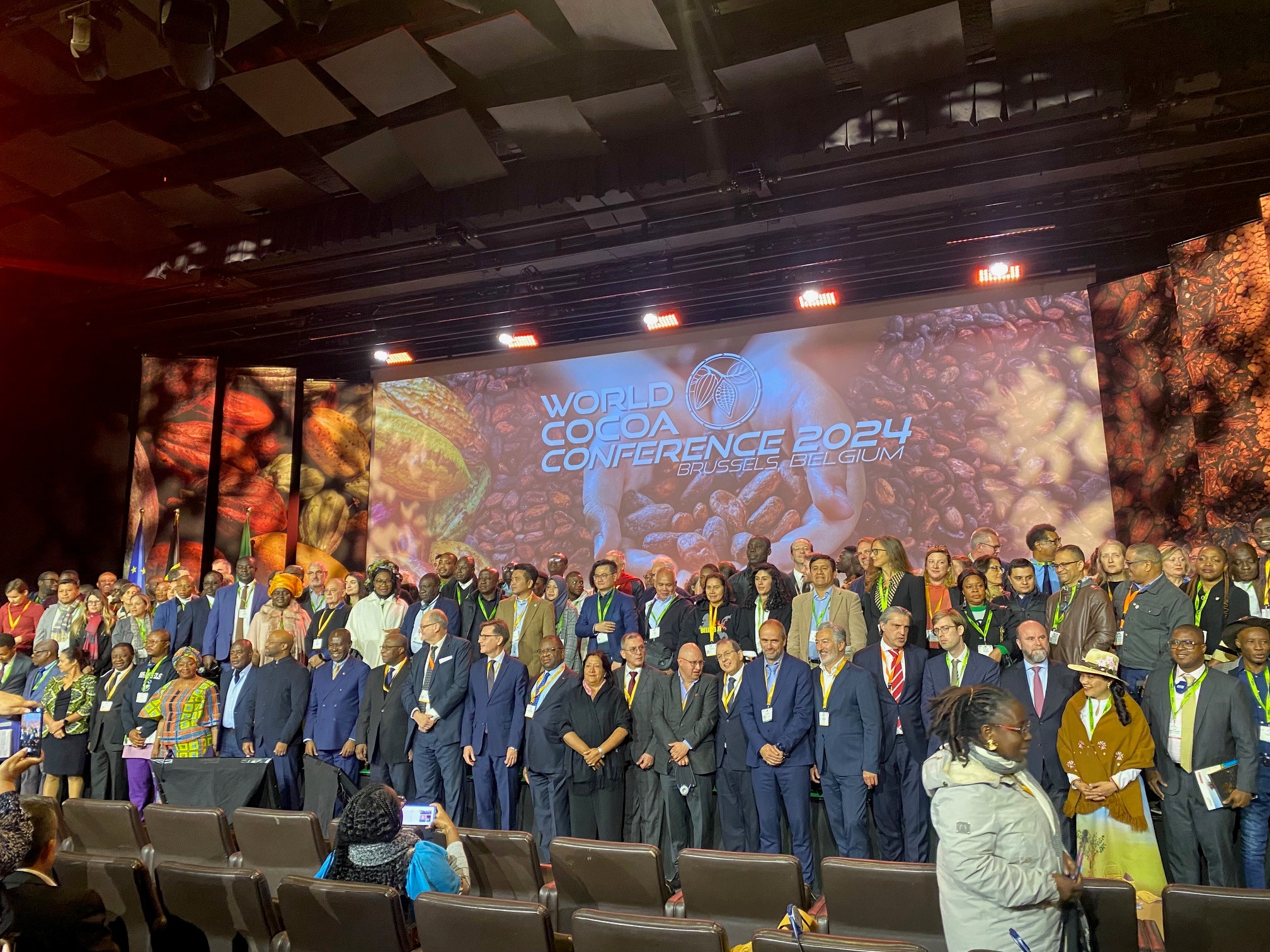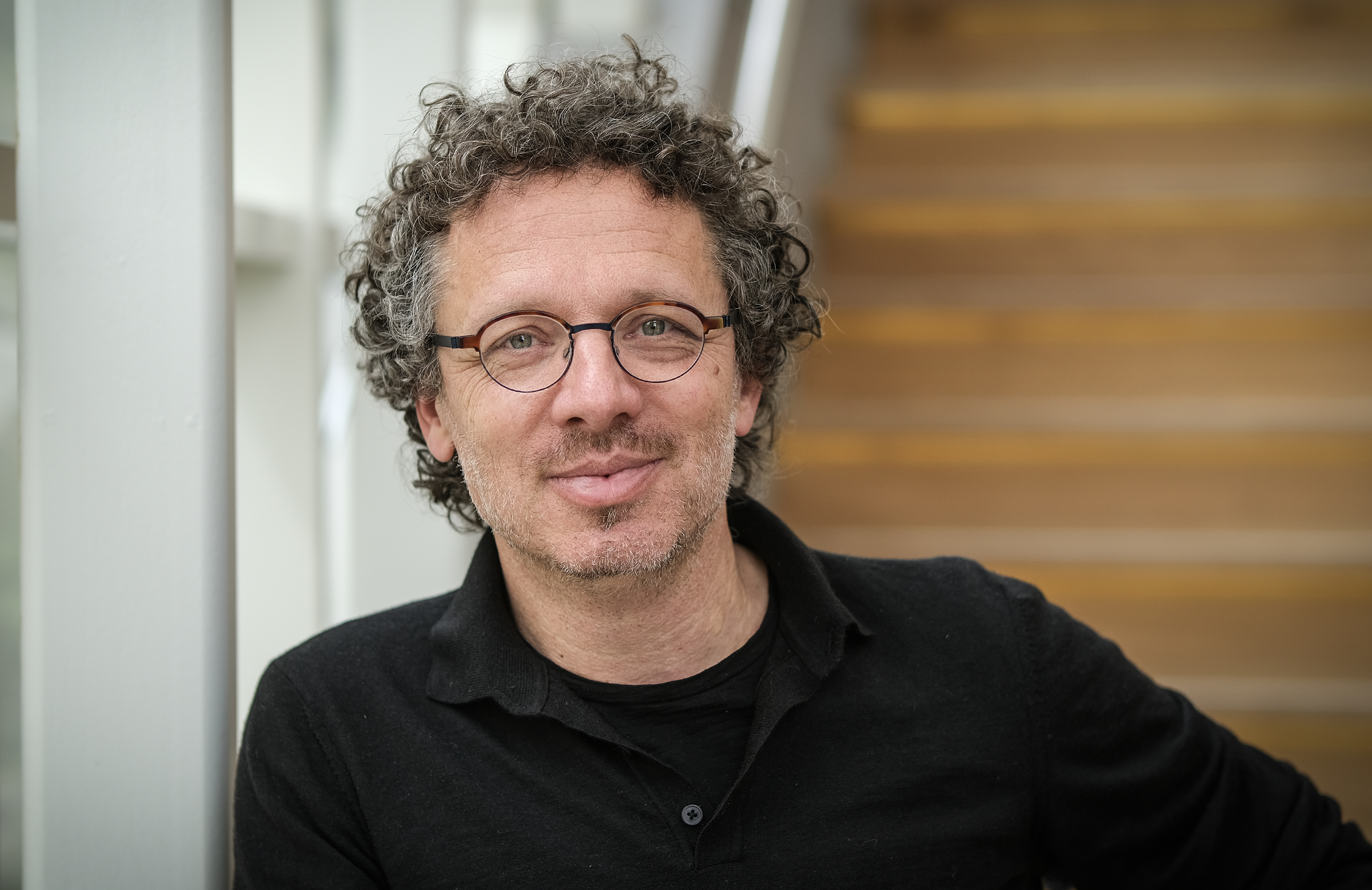Making Clinical Sense
"Medical educators have unbelievably creative ways of teaching their students; for example I have read about cut out oranges in socks to teach the stages of dilation during birth…" In her project “Making Clinical Sense,” anthropologist Anna Harris is researching how medical skills are taught and learnt.
No one wants their physician to withdraw a trembling hand and say, “Goodness me! I’ve only ever seen illustrations of this.” Making an accurate medical diagnosis requires not just volumes worth of theoretical knowledge, but also a high degree of sensory awareness. Medical students have to learn how a tumour feels different from a cyst, or, in the case of the orange, how to judge cervical dilation in the run-up to a delivery.
Anna Harris, a medical doctor turned anthropologist, is studying the ingenious ways medicine has come up with to teach those skills. Her research project Making Clinical Sense is funded by a grant from the European Research Council (ERC), allowing her team of three anthropologists and a historian to unpack the “box of learning” that provides future doctors with their diagnostic toolkit.

Anna Harris from the Faculty of Arts and Social Sciences talks about her project Making Clinical Sense, a comparative study of how doctors learn in digital times.

How to describe how something feels
The research brings back memories of her own medical studies in her native Tasmania. “I’m fascinated by the process of learning – the fieldwork takes me back to how I discovered the human body in a medical way.” It is a sort of craft, and she draws parallels to her local knitting group: “It’s surprisingly hard to explain certain processual things you know. In those moments you become aware that knowledge isn’t necessarily stored somewhere verbally or visually – it reveals itself as you live it, as you knit or as you feel someone’s spleen.”
Becoming a doctor involves learning to pay close attention to a subset of sensations and describe them accurately with a new set of vocabulary. “It’s a bit like wine-tasting: the more words you learn to describe it, the more precisely you can experience a particular wine. The more words doctors know to describe a sound, the more they will hear when using a stethoscope – borborygmus, for example, is the sound of a rumbling stomach, a bit like water gurgling down a drain.”
Practicing away from the bedside
There was a time when studying medicine was part apprenticeship: students would observe and learn from an accomplished physician. This is increasingly subordinated to the acquisition of theoretical knowledge, which is easier to test and accredit in a standardised way. The performance of different students is easier compare and to grade fairly during a simulation. And when it comes to practising on patients, there are questions of litigation and ethics, as well as the fact that patients are discharged ever faster due to the economic pressure on hospitals. So how do you teach these skills on campus, away from the patient’s bedside?
Harris’s team focuses on different aspects of teaching on three field sites: Ghana, Hungary and the Netherlands. Harris herself is studying the role of technologies, old and new, in medical training at UM, which she describes as among the best in the world. Of particular interest is haptic teaching: “I’m looking at the sensory aspects of diagnostics and how they’re affected by the introduction of technologies like computer simulation.”
Anna Harris (1977), an anthropologist who initially trained in medicine, is an assistant professor in the Department of Technology and Society Studies at the Faculty of Arts and Social Sciences. She tries to make sense of the extraordinary and ordinary worlds of medical practice through comparative and collaborative research. Her current work, looking at the role of technologies in training doctors, is funded by the European Research Council.
Murmuring curtains and a knitted uterus
UM places great value on the Skills Lab, where advanced simulations are only the latest addition to a variety of techniques. “It’s amazing how creative the staff are in using homemade tools to teach techniques where words or diagrams are of little help.” These range from a knitted uterus to pulling a curtain to imitate a heart murmur, or even just their own hands shaped into body parts. “UM students also practise by examining one another. That way they can learn the relevant skills while also getting an idea of what it feels like to be a patient.” And not only manual skills are important: haptic techniques enrich the students’ image of what is happening inside patients, making them better diagnosticians.
Harris and her team are already noticing how teaching methods reflect particular material environments. In Ghana, the medical faculty are developing their own training materials and diagnostics culture because the Wi-Fi is too precarious to reliably stream videos from the US. In Hungary, professors rely on slow learning and having students copy drawings of organs and tissues layer by layer from the blackboard.
Holding the mirror at a slight angle
According to Harris’s theory, these teaching methods will influence the kind of doctor the students will become. The outcomes of the project will extend beyond describing the culture of medical studies: “Anthropology interprets; it helps ask questions that aren’t being asked – about the status quo, about the existing or potential impact of innovations. It holds the mirror at a slight angle, so as to allow people to see their practices and assumptions in a new way.”
Technology is fast becoming part of us and how we experience the world, but in many ways it is as yet an unknown quantity. The Making Clinical Sense project will also try to find out how the amazing progress in simulated environments affects the learning of diagnostic skills. Harris thinks understanding how diagnostics is taught and learnt could be a boon to machine learning.
And so, as an anthropologist, she continues to contribute to her former field. She considers the move between disciplines a natural progression: “I could never do the anthropological research I do now without my background in medicine.” Although she concedes that “it was easier for my mum to explain to people what I’m doing when I was still a doctor,” she is aware that those days are behind her. “If someone shouts for a doctor on a plane, I could no longer get up – I mean, I guess I could critically dissect the situation …”
Photography: Arjen Schmitz
Also read
-
Moving on your own to a new country with a different culture and language and without a support network can be challenging. Master's student Beverlianne Green therefore quickly realised she wanted to get involved with the local community. Through the Personal & Professional Development Portal of...
-
Fair and Smart Data (FSD) researcher Niklas Mensing attended the World Cocoa Conference in Brussels this year. In his blog, he shares personal learnings and thoughts from the conference proceedings and highlights some of the industry's core issues.
-
Drawing blood, inserting an IV, or looking into the ear; even seemingly simple medical procedures can cause anxiety, pain, and stress in children. According to pediatric intensivist Piet Leroy, comfort and trust are just as important as the medical treatment itself. Therefore, he is researching how...

